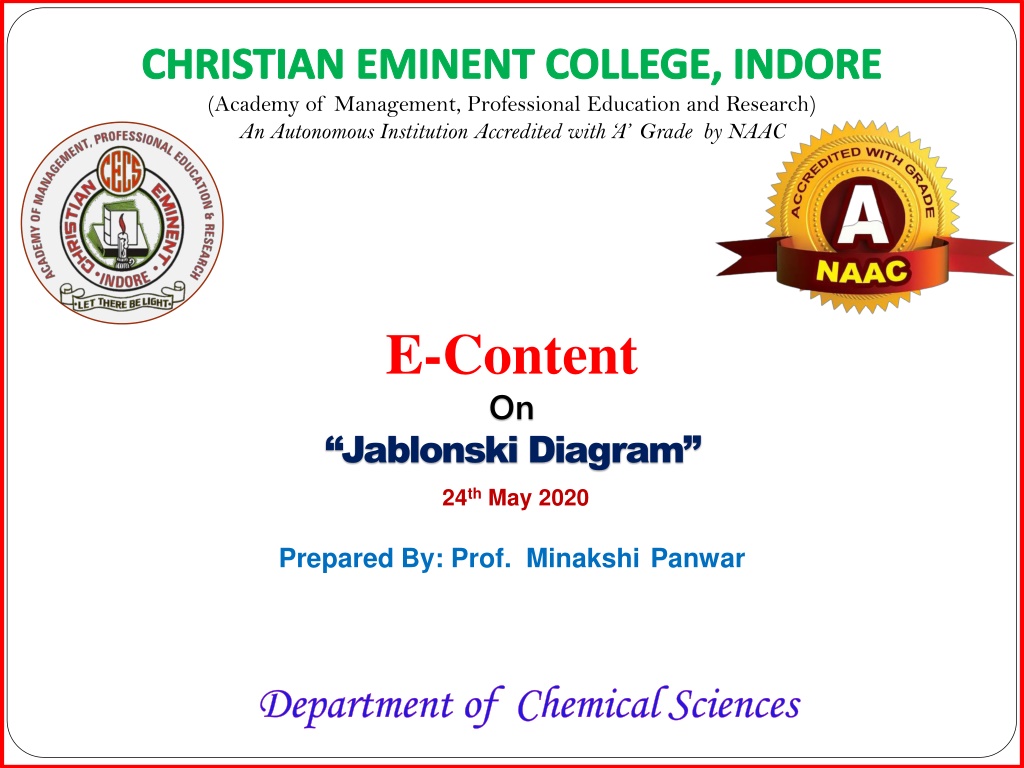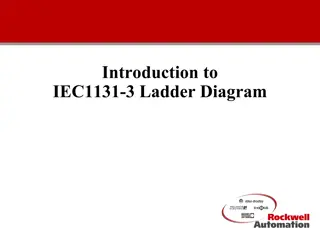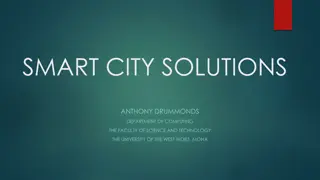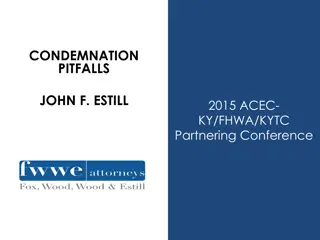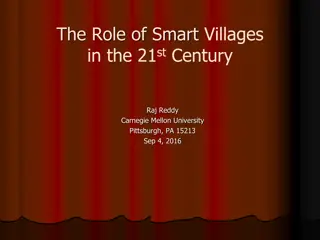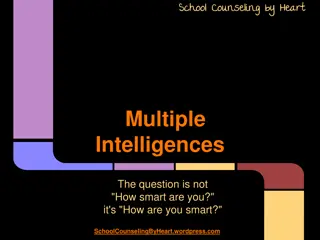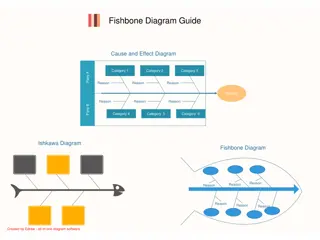Exploring Jablonski Diagram and Smart Teaching Tools at Christian Eminent College
Delve into the world of Jablonski Diagram through a comprehensive e-content prepared by Prof. Minakshi Panwar at Christian Eminent College, Indore. Understand energy states, spin, and spin multiplicity in molecules. Discover the concepts of absorbance, non-radiative transitions, and the conversion of handwritten notes to text. Explore the implementation of smart teaching tools in PowerPoint presentations for enhanced learning experiences.
Download Presentation

Please find below an Image/Link to download the presentation.
The content on the website is provided AS IS for your information and personal use only. It may not be sold, licensed, or shared on other websites without obtaining consent from the author. Download presentation by click this link. If you encounter any issues during the download, it is possible that the publisher has removed the file from their server.
E N D
Presentation Transcript
CHRISTIAN EMINENT COLLEGE, INDORE (Academy of Management, Professional Education and Research) An Autonomous Institution Accredited with A Grade by NAAC E-Content On Jablonski Diagram 24th May 2020 Prepared By: Prof. MinakshiPanwar Department of Chemical Sciences
Objective Implementation of few smart teaching tools in my power point presentation .
Jablonski Digram It is pictorial representation of different energy states which absorb by moleculr To understand Jablonski diagram we know spin and spin multiplicity R = (2s + 1) Spin - +1/2 and -1/2 Upword direction spin is (+) and downword direction spin is (-)
Conversion of handwritten notes to tax It is pictorial representation of different energy states which absorb by molecule To understand Jablonski diagram We know spin and spin multiplicity (R=2s+1) at state singlet ground state s= 0 ( + 1/2 - 1/2 ) Multiplicity = 2s+1 R= 2*0+1 Antiparellel s = + 1/2 - 1/2 = 0 R=( 2s+1) =2*0+1=1 Parallel S = + 1/2 + 1/2= 1 R=2s+= 2x1+1 = 2+1 = 3
Absorbance The first transition in the jablonski diagram is absorbance of a photon of a particular energy by the molecule of interest. Absorbance is the method by which an electron is excited from a lower energy level to ahigher energy level. The excited species can return to the ground state by any one of the following absorption Non-radiative process Radiative process
Non Radiative Transition It involves transition from higher singlet to lower singlet or higher triplet to lower triplet. It does not involve emission of any radiation hence called non radiative transition . It only involves emission of heat . 1. Internal conversion (IC):- In this process energy loss in the form of heat . It involves transition from high to low singlet or high to low triplet state .it occurs in less then 10-11 second 2. Intersystem crossing (ISC) :-it involves transition fron singlet to triplet state .both transition are farbiden.
Radiative transition It involves transition from excited singlet state to singlet ground state or excited triplet excited to triplet ground state . 1. Fluorescence :- The emission of transition from excited state to ground state is called Fluorescence . It is allowed transition and occures in 10-8second 2. Phosphorescence :- The emission of transition from triplet excited state to triplet ground state .it is forbidden transition
Full form of ISC is?????? A Inter Solar Crossing B Inter System Crossing C Intra Solar Crossing Intra System Crossing D Correct Answer
